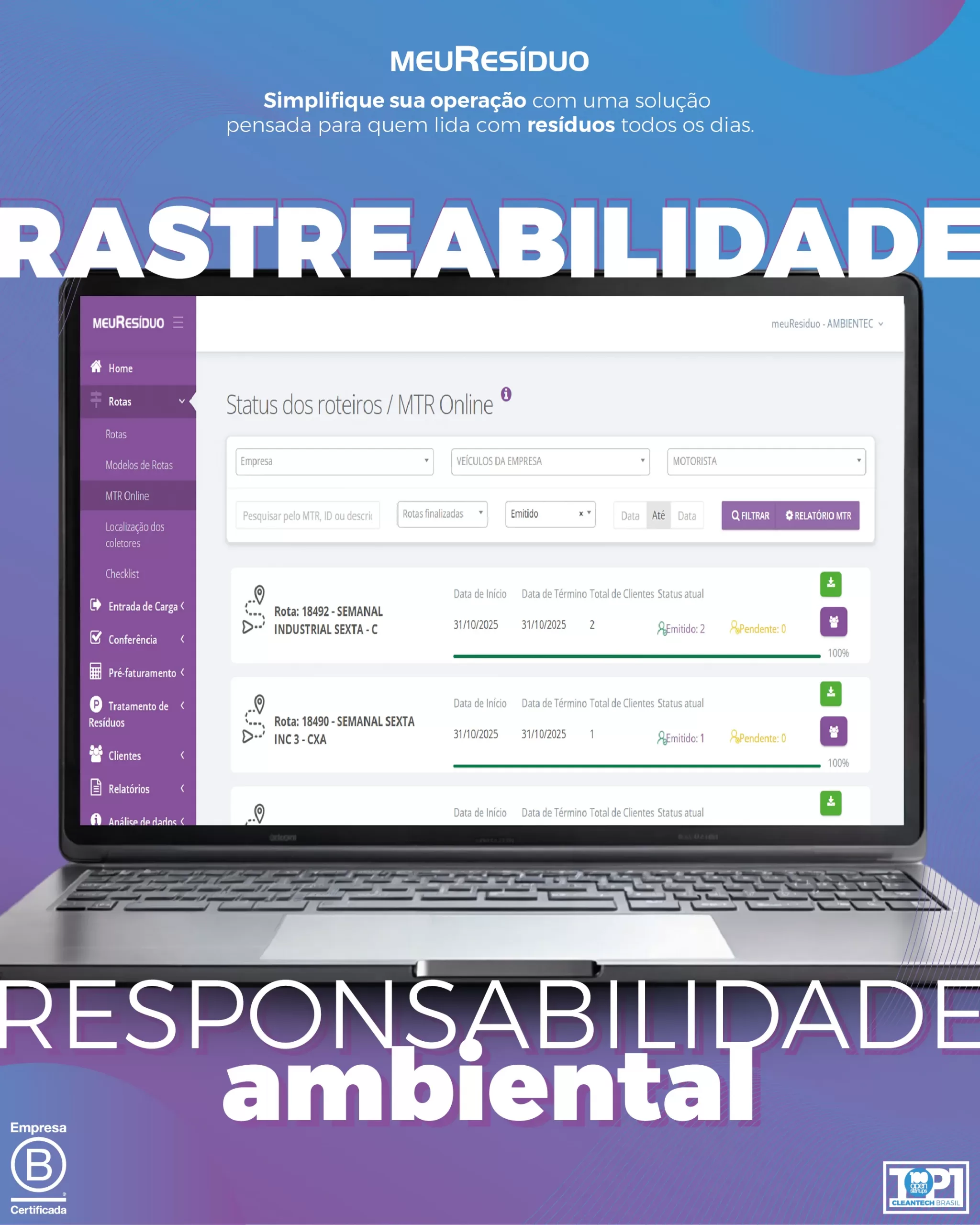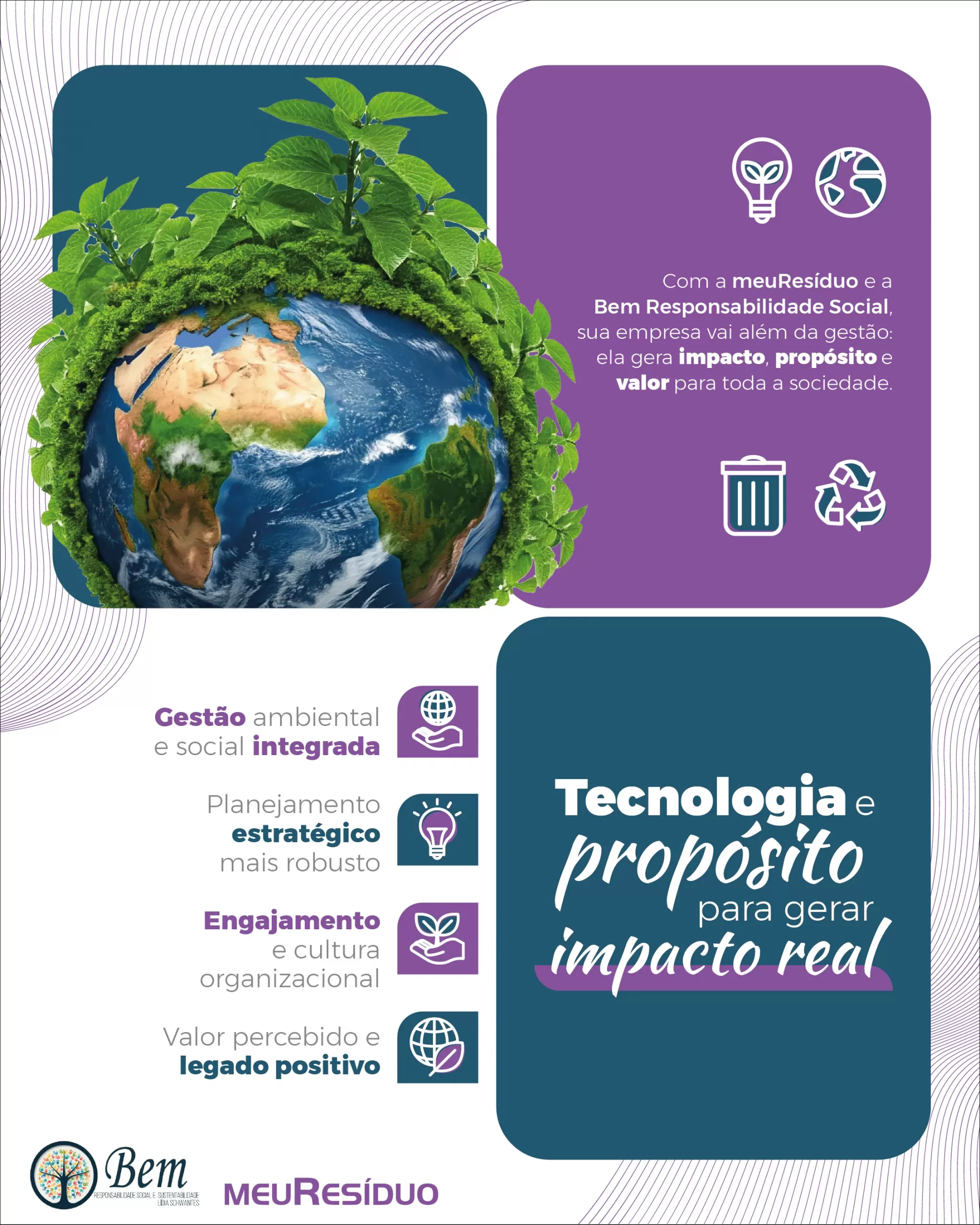
Although Excel has evolved through the years, it still maintains the basic premise of being a worksheet in which any kind of information spread in lines and columns is accepted. The waste management is much more complex than this and involves an adequate set of actions in the collection steps, storage, shipping, treatment, destination and final disposal environmentally adequate that must be monitored continuously.
To obtain the best benefits of technology, the companies should invest in the improvement of their internal processes with the help of specific software for their necessities and scape from the generical worksheets that only solve the problem for a while, but in long term they do not supply the necessities of a company that wants to use correctly the generated information.
An example of a software turned to waste management is MyWaste. The system does the online data management about the generation, shipping, and the waste destination. The tool enables the companies to have total control about all the data related to their waste. Reports to environmental organs and inventories that, without the use of the system, would take days to be done, in Mywaste they are generated in seconds.
Within the benefits to invest in technology in the waste management, it is stood out:
- it helps in the fulfillment of the Solid Waste National Politics;
- it facilitates the information management and the data centralization, avoiding reworks and fails in the process;
- it reduces the possibility of environmental liabilities and taxes for the company;
- total management and control of licenses, CADRI and other documents;
- it optimizes the reports and inventories elaboration;
- generation of legal documents as MTR and the Emergency Form;
- it helps in the deadline accomplishments, with reminders and expire date alerts;
- establishment of waste reduction goals;
- generation of indicators and graphics to help the decision taking and the continuous improvement.
With the help of technology in the waste management it is possible to detect in a fast way the processes that generate bigger waste quantities, enabling more assertive improvement actions, reducing the quantity of generated waste and, consequently, the costs with shipping and final disposal.




